
Der Brief / The letter (c) Samantha Groenestyn (oil on linen)
Paul Ziff casts a penetrating eye over the term ‘work of art.’ Rather than trying to define it, he considers why we find it so difficult to define, and why we end up having irresolvable disputes over what is and isn’t art (Ziff 1967: 21). He offers two grounds for variation. Probably most significantly, he argues that art itself is not eternal, that it is historically situated, that it is ever changing. Besides this, the term ‘work of art’ is used in many different ways in our actual parlance, and not incorrectly. There is the tricky fact that the term ‘work of art’ encompasses different kinds of art, such as music and literature and poetry, and thus applies in different senses to very different works—across a whole spectrum of objects and non-objects.
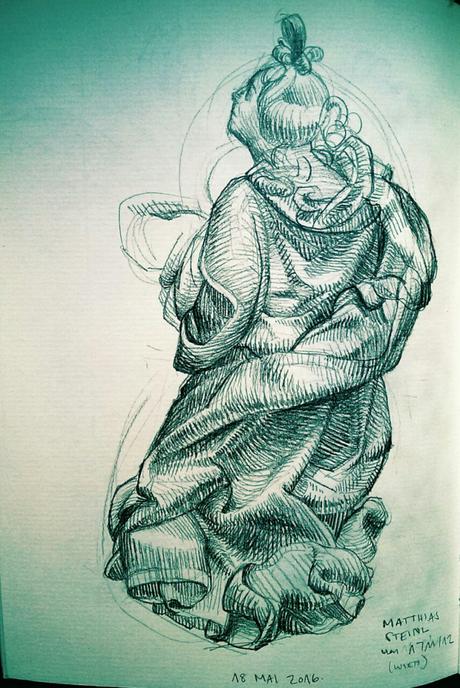
Ziff (1967: 23), like Wittgenstein, by whom he was influenced, is ever keen to observe and describe how we actually do use words, and finds that ‘there are many uses of the phrase “work of art.”’ However, this does not mean that the word should be used more narrowly, or that we are being indiscriminate to use it so broadly. To illustrate, Ziff sets up a list of characteristics which would establish a painting by Poussin to be a clear-cut, characteristic case of a work of art, in the same way we might be able to present someone with a clear-cut, characteristic case of a table, in order to define the term ‘table.’ These characteristics include ‘it is a painting,’ and ‘it was made … deliberately and self-consciously with obvious skill and care, by Nicolas Poussin.’
Ziff (1967: 27) is at pains to make clear that these characteristics do no more than ‘provide us with a set of sufficient conditions for something’s being a work of art.’ But something that possesses only some of the characteristics might still be a work of art—for this is not a set of necessary and sufficient conditions. For a start, many works of art are not paintings at all. Ziff (1967: 32) suggests that we might establish many such adequate sets of characteristics, and that each ‘is analogous in composition to every other set’—the sets applying to poems, novels, musical compositions and the like. We have to accept that we mean this term in many different senses.
It is possible that there is something common to all works of art—some necessary condition—which is exactly where Richard Wollheim begins his investigations in aesthetics. ‘For are we not overlooking the possibility,’ surmises Wollheim (1996: 2), ‘that the various particular answers to the questions What is a poem?, a painting?, etc., may, when they come, turn out to have something or even a great deal in common, in that the things they define or describe (i.e. works of art in their kinds) have many shared properties?’ But for now, let’s be content with the idea that there are different kinds of works of art, and our term is malleable enough to bridge our manifold use of it, which is one difficulty in drawing up a definition.
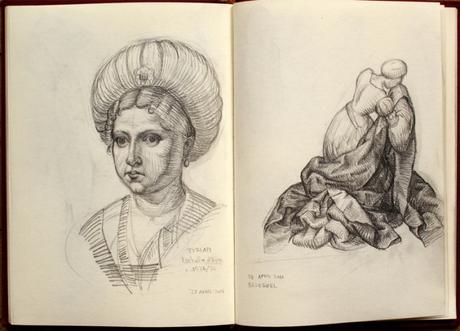
More interestingly for painting, and echoing Ernst Gombrich, Ziff points to the changing nature of works of art themselves throughout history. Even those hostile to the seismic shifts of the twentieth century are likely positively disposed towards the idea of innovation, of technical breakthroughs—of discoveries like linear perspective, of contributing something to the body of knowledge of painting. These ‘movements in history,’ as Gombrich (1996: 434-5) refers to them, whether we like to think of them as progress or not, are difficult for the artist to ignore or go back on: even ‘a slight improvement … makes earlier methods look first old-fashioned and soon ridiculous.’ But in a more guarded way, we might say that each time a painter made an influential and lasting discovery, ‘the tradition was … extended,’ and, clarifies Ziff (1967: 36), ‘this is merely another way of saying that there was some shift in the notion of a work of art.’
So the things that artists produce—works of art—vary over time: Ziff categorises these changes as changes of both ends and means. And the ends and means are correlated, he continues, and feed into each other. ‘With the development of new means there will be new ends that can be served, and with the appearance of new ends, new means will have to be developed to serve them’ (Ziff 1967: 45). Our term ‘work of art’ also has to cope with the varying nature of art.
The ends that Ziff brings to our attention are the purposes and aims of art, its functions in society, its role. It is this that, as Gombrich (1972) explicates in the buoyant and lively Story of Art, varies through history. ‘As the character of the society changes, the role of art in the society may also change’ (Ziff 1967: 39). But not only has the role varied: by extension, ‘the social consequences and implications of something’s being a work of art have varied in time, and no doubt they will continue to do so’ (Ziff 1967: 39).
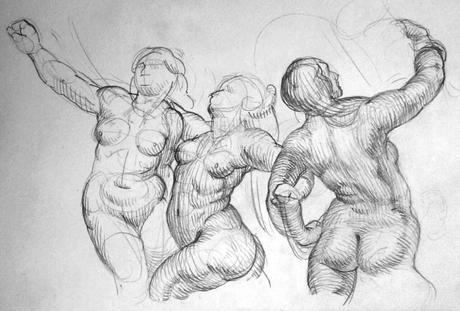
And here we arrive at the disagreements over the ‘work of art’ between ‘traditional’ and ‘modern’ critics. Of course, Ziff grants, the two camps disagreed about the characteristics of a work of art. But Ziff (1967: 40, 42) asserts that the major disagreements between them arose from the role or roles of a work of art—what these roles are or ought to be. And this, as we have considered, is not easy to settle. The ends, purposes, roles, have been shifting since the dawn of art.
But interestingly, the traditional and the modern critics ‘agreed both in their desires and in their expectations with regard to the characteristic social consequences and implications of something’s being considered a work of art’ (Ziff 1967: 40). This mainly involves them being displayed in galleries, discussed, having books written and read about them. What was (and is) contested is rather which works of art should or do fulfill these social consequences.
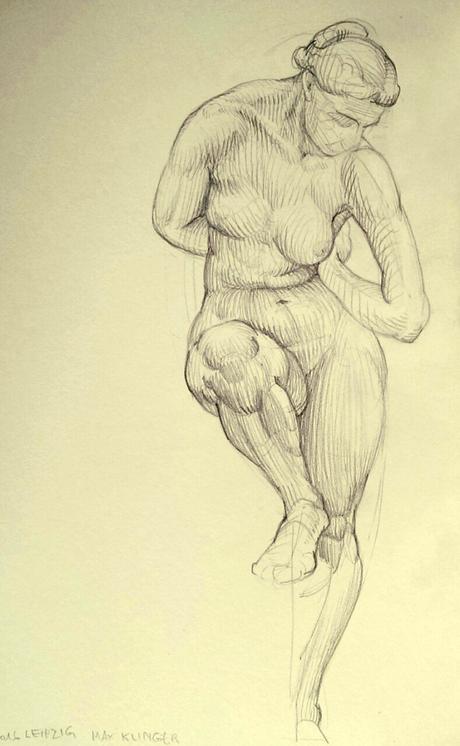
Which is to say: it does no good to say that your rival is not making works of art, in order to achieve the generally desired social consequences of eternal glory and validation of having your own works hung in galleries and discussed and written and read about instead of theirs. Defining the ‘work of art’ once and for all will not put an end to disputes about which works deserve such recognition. For the task of defining a work of art is a devilishly difficult one that must account for two sliding scales: the fact that works of art are both manifold and varying. Ziff’s (1967: 46) best answer is that as ends and means tug at each other, we will have to adapt our definitions on the fly: ‘It may and most likely will be necessary to revise our definition of a work of art.’
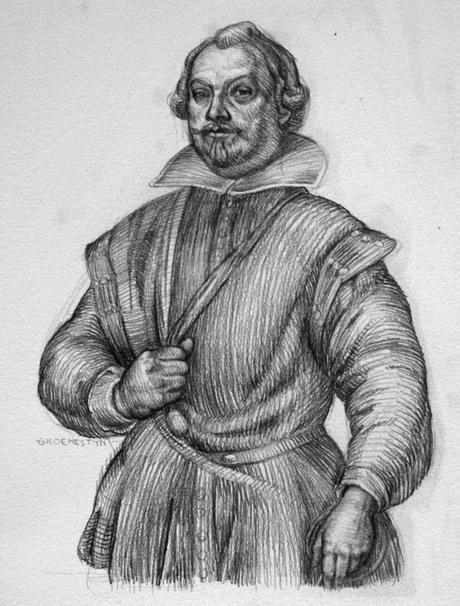
Gombrich, E. H. 1996. The Essential Gombrich: Selected Writings on Art and Culture. Edited by Richard Woodfield. London: Phaidon.
Gombrich, E. H. 1972 [1950]. The story of art. Twelfth ed. Phaidon: Oxford.
Wollheim, Richard. 1996. Art and Its Objects: With Six Supplementary Essays. Reprinted 2. ed. Cambridge: Cambridge Univ. Press.
Ziff, Paul. 1967. Philosophic Turnings: Essays in Conceptual Appreciation. 2.print. Ithaca, NY: Cornell UnivPress.

